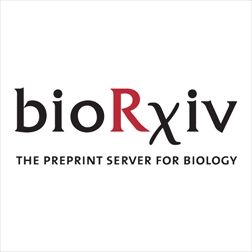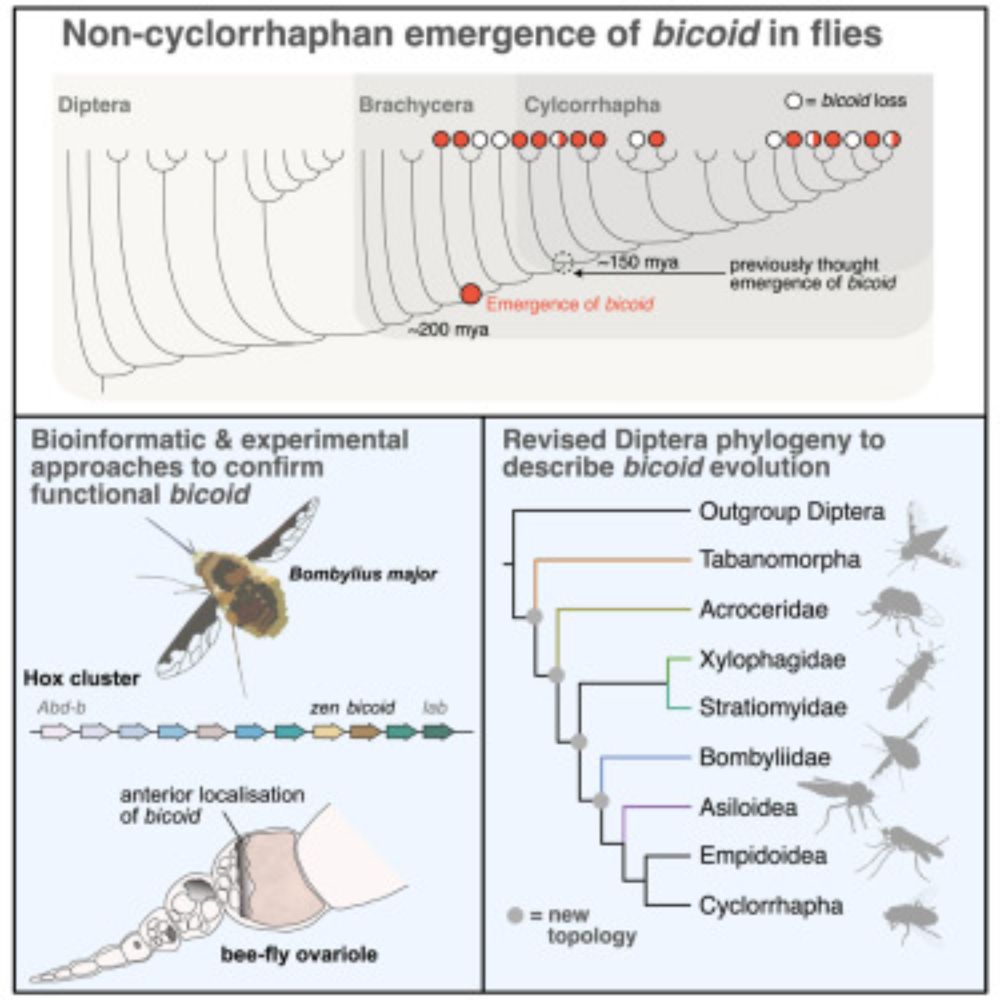running a lab at IMBA, Vienna BioCenter
https://www.oeaw.ac.at/imba/research/julius-brennecke
But how does piRNA-guided target interaction translate into silencing?
PhD student Júlia Portell Montserrat has an intriguing answer
www.cell.com/molecular-ce...

Join us to explore the piRNA pathway with structural and genetic approaches (see 👇👇).
PhD student/postdoc position co-supervised by Clemens Plaschka & myself.
DM or email us if you’d like to know more!
@vbcscitraining.bsky.social @imbavienna.bsky.social @impvienna.bsky.social
https://training.vbc.ac.at/summer-school/

https://training.vbc.ac.at/summer-school/
🚨🚨 preprint alert! 🚨🚨
I wish to introduce CARDIB, not the singer, but the protein.
CARDIB=CARD Inhibitory Binding protein.
In our new work we discover this antiviral protein that is found in all Anthozoa (sea anemones and corals 🪸) but not in other animals.
www.biorxiv.org/content/10.1...

🚨🚨 preprint alert! 🚨🚨
I wish to introduce CARDIB, not the singer, but the protein.
CARDIB=CARD Inhibitory Binding protein.
In our new work we discover this antiviral protein that is found in all Anthozoa (sea anemones and corals 🪸) but not in other animals.
www.biorxiv.org/content/10.1...
Fill out this form to be considered for a talk in our Jan-June 2026 schedule! forms.gle/TBi38UgYxPAB...
Please repost and share!

Fill out this form to be considered for a talk in our Jan-June 2026 schedule! forms.gle/TBi38UgYxPAB...
Please repost and share!
conclusion: this promises to be a fun workshop!!
Want to learn about microRNA annotation and differential expression analyses? Within the Oslo Bioinformatics week 2025, we will be teaching a two-day course on the 9th and 10th of December at the University of Oslo. 1/2
conclusion: this promises to be a fun workshop!!

(TLDR; low-affinity motifs matter as pioneers!)

(TLDR; low-affinity motifs matter as pioneers!)
Selfish genes are found across the tree of life. They can disrupt inheritance patterns and at the same time act as units for molecular innovation. Here we tried to answer one big question: how do selfish genes emerge in the first place?
www.nature.com/articles/s41...

Selfish genes are found across the tree of life. They can disrupt inheritance patterns and at the same time act as units for molecular innovation. Here we tried to answer one big question: how do selfish genes emerge in the first place?
Sample: Lifeact-eGFP in HeLa cells.
Modality: Airyscan confocal
Timestamp is mm:ss and the scale bar is 5 µm.
Sample: Lifeact-eGFP in HeLa cells.
Modality: Airyscan confocal
Timestamp is mm:ss and the scale bar is 5 µm.
Please help us by filling out this questionnaire: docs.google.com/forms/d/e/1F...

Please help us by filling out this questionnaire: docs.google.com/forms/d/e/1F...
We find the fly development gene bicoid is much older than previously thought (~20 million yrs older!) 🪰🧬
To pinpoint its origins we tackled the Diptera phylogeny, providing some resolution (many open questions remain).
🔗 tinyurl.com/2vyuevpy

We find the fly development gene bicoid is much older than previously thought (~20 million yrs older!) 🪰🧬
To pinpoint its origins we tackled the Diptera phylogeny, providing some resolution (many open questions remain).
🔗 tinyurl.com/2vyuevpy
There are early signs of this everywhere, right now Iran seems to be a hotspot at ~1.5ºC of heating
We are *utterly* unprepared for what comes at 1.6, 1.7 & 2ºC
There are early signs of this everywhere, right now Iran seems to be a hotspot at ~1.5ºC of heating
We are *utterly* unprepared for what comes at 1.6, 1.7 & 2ºC
Thanks for putting this together @plaschkalab.bsky.social @rupertfaraway.bsky.social and @thezenklusen.bsky.social

Thanks for putting this together @plaschkalab.bsky.social @rupertfaraway.bsky.social and @thezenklusen.bsky.social
www.au.dk/om/stillinge...

www.au.dk/om/stillinge...
1) active histone mods occur independently of transcription
2) transcription coordinates histone deacetylation at active promoters
www.science.org/doi/10.1126/...

1) active histone mods occur independently of transcription
2) transcription coordinates histone deacetylation at active promoters
www.science.org/doi/10.1126/...
www.science.org/doi/10.1126/...

www.science.org/doi/10.1126/...
->Nature | More from Lil Dr Glen EcoChat at BigEarthData.ai


Our new paper investigates the nuclear events leading to human mRNA export. www.nature.com/articles/s41.... (1/4)

Our new paper investigates the nuclear events leading to human mRNA export. www.nature.com/articles/s41.... (1/4)
Submit your abstract by 7 July and present your research at #EESRNA 🥼

Submit your abstract by 7 July and present your research at #EESRNA 🥼





